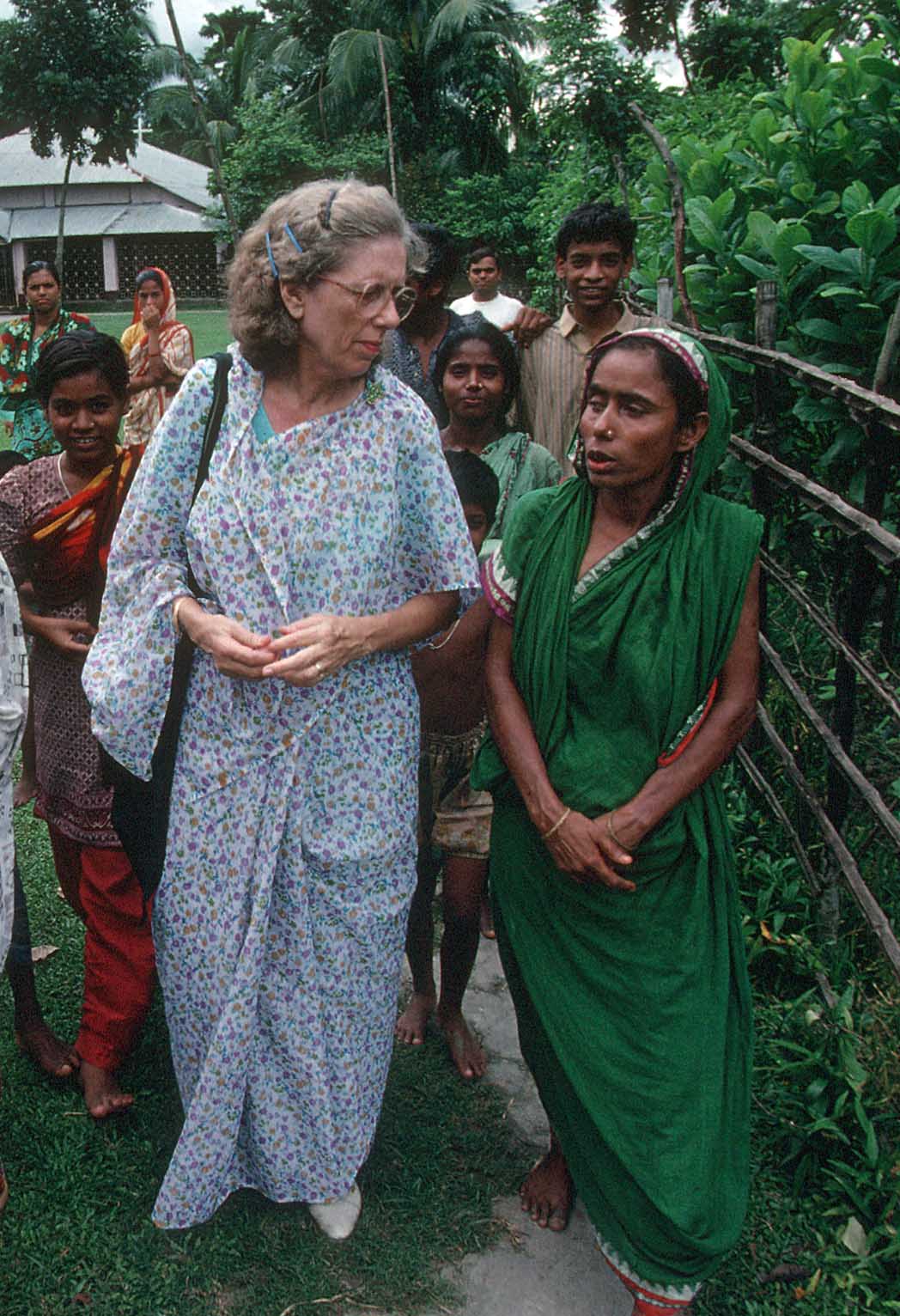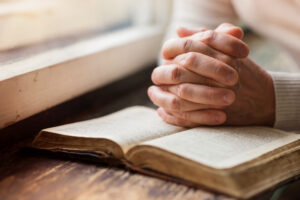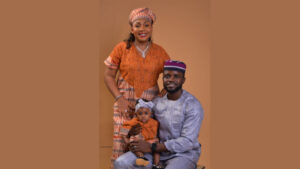
RICHMOND, Va. (BP)–The tattered, bleeding woman came searching for shelter from the one person she knew would not turn her away: missionary Gloria Thurman.
She had been terribly beaten by her husband for some real or imagined infraction. She was weeping, shattered — but resolute.
“I will not go home tonight,” she vowed. “If you make me go, I will kill myself.”
“She probably would have,” says Thurman (now retired from the Southern Baptist International Mission Board). “We knew her husband wouldn’t come to our house because he would be embarrassed, and under those conditions I wouldn’t let her go anyway.”
So Thurman and her husband, Tom, took her in, as they took in many hurting, hungry or homeless people during their 30-plus years in Bangladesh.
The next morning, Thurman asked two Bengali Christian women to take her home.
The beatings stopped — perhaps because of the quiet intervention of a respected missionary, perhaps because of community pressure.
Many Bengali women — Christian, Muslim and Hindu — came to Thurman over the years. Some had been abused by husbands or older sons; some had been denied food or other essentials. Some were just bone-weary of the endless struggle against poverty, floods or despair.
Thurman couldn’t help them all, but she listened.
“I’ve come in many times and a group of women would be sitting there wiping the tears,” her husband recalls. “She had heard their plight and they left refreshed, knowing that somebody understands.”
At least one in every three women worldwide has been beaten, raped, coerced into sex or otherwise abused in her lifetime — usually more than once, according to a global survey conducted by the Johns Hopkins University School of Public Health.
Such staggering claims usually raise questions about biased research and feminist political agendas. Perhaps the reported number of abuse victims is highly inflated.
Then again, maybe it isn’t large enough.
Ask Korean Baptist Woman’s Missionary Union pioneer Pang Ho Sun, who for decades has been rescuing women abused or lured into prostitution off the streets of Seoul. Ask Christians in many parts of Asia and Africa, who strive to free poor women and children sold (sometimes by their own families) or kidnapped into slavery, forced labor and the multibillion-dollar “sex industry.” A growing number are being smuggled into our own land of the free to labor in secret sweatshops or lie chained to beds in dark rooms.
Ask the missionaries, like Gloria Thurman, who minister to numberless women being crushed under the wheels of age-old social and religious customs.
Most women in this world don’t seek some Western ideal of absolute gender equality. They’d be glad just to be treated like human beings. And millions lost in darkness would rejoice to be told how deeply they are loved by Jesus Christ, the true liberator.
By one estimate, nearly 80 percent of the inhabitants of the “10/40 Window” — the world’s most unreached regions, stretching from North Africa to Southeast Asia — are women and children. They live behind veils, gates, walls and other barriers — physical and psychological.
Yet in many cases women hold the key to evangelizing their families and communities.
The most effective way to reach them: Equip women “to share the gospel with other women and children,” contends a report from the “Women’s Summit on the Window,” a conference held in February to focus Christian attention on the challenge.
“They can gain entrance into homes where outsiders would never be allowed,” says the report. “And once they know Jesus, they’re willing to take extraordinary risks to share the life-changing good news with other women in their culture.”
Telling women and children about God’s saving love was one of the founding purposes of the great women’s missionary societies launched in the 19th century. Many mission boards of the day refused to send single women missionaries, so visionary women banded together to send their own.
The mission boards came around when single members of the “weaker sex” proved to be just as tough, resilient and committed to the task as their male missionary colleagues — often more so.
“A whole new dimension was thus added to mission strategy: the vast enterprise to reach women and children with the gospel, to educate girls, and to bring adequate medical care to women,” writes mission historian R. Pierce Beaver.
The heroines who emerged from the 19th-century movement included Southern Baptist missionary Lottie Moon, the gutsy “heavenly book visitor” who left the safety of mission compounds to carry the light to so many rural women (and men) in China.
Another was Irish missionary Amy Carmichael, who worked without a furlough for half a century in India and rescued many young girls from temple prostitution. She continued the tradition of British Baptist pioneer William Carey, who opposed many Indian social practices deadly to women and children, from abortion to the burning of Hindu widows on their husbands’ funeral pyres.
Several generations of great women missionaries followed in their footsteps after the Great Depression and World War II.
Today God is calling forth an exciting new generation of women to lift his name among the nations. Are you one of them?
Join a discussion on this topic at: www.imb.org/forum. Additional photo posted in the BP Photo Library. Photo title: LISTENING EAR.
















